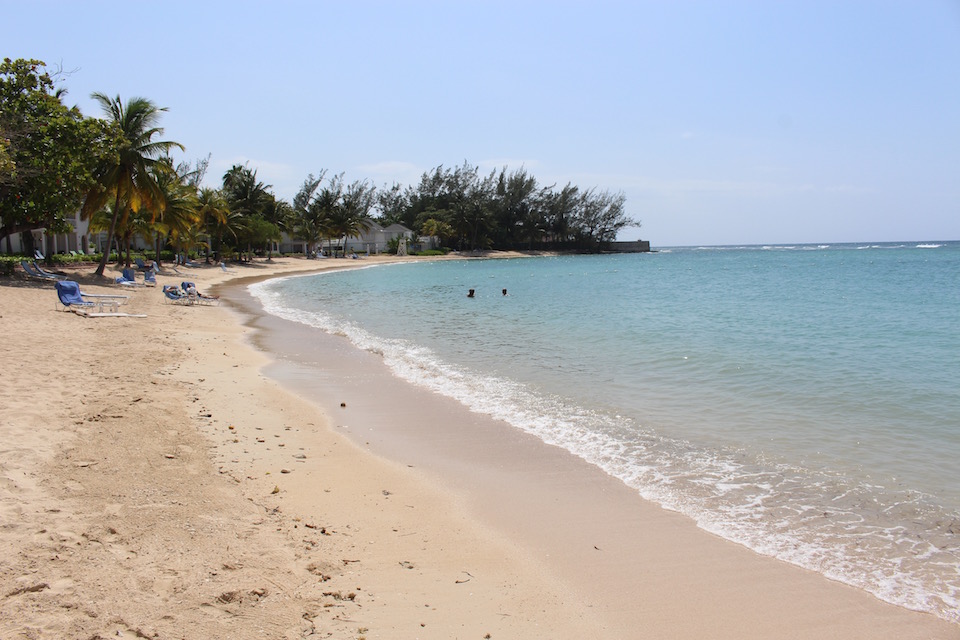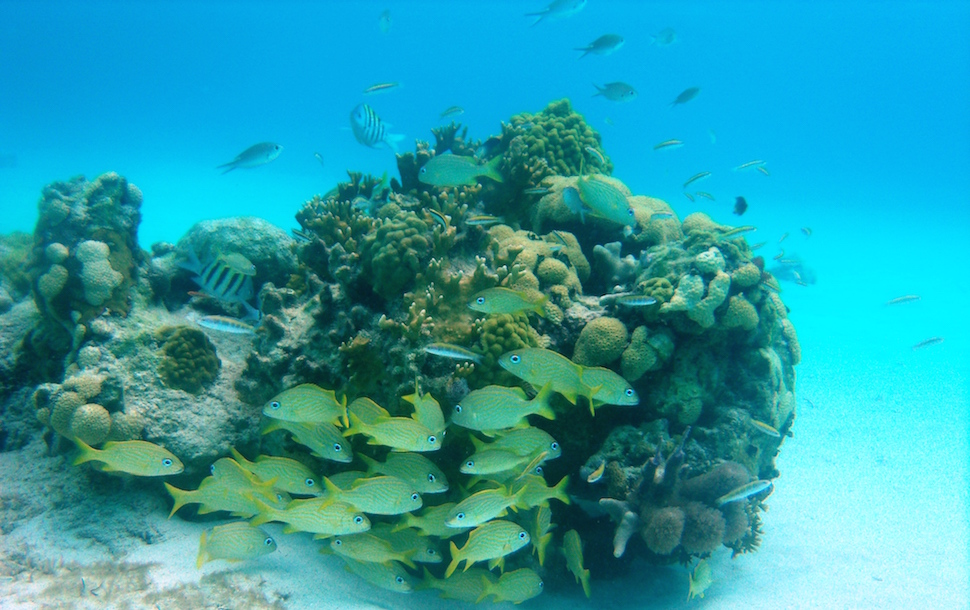By Felicity Burrows
CJ Contributor
When you think of The Bahamas, you may think of stunning coral reefs, white sandy beaches and crystal clear waters. This island chain is popular for snorkeling and scuba diving, with many visitors coming from near and far to marvel at the country’s brilliant underwater world. But how are these reefs doing? Why should we care? And what can we do to keep them healthy? A recently released coral reef report card for The Bahamas aimed to address these critical questions.
How are the reefs doing?
Conservation organizations and national agencies including The Nature Conservancy, The Bahamas National Trust, the Department of Marine Resources, and others along with local and international researchers have been working together to monitor and gather important information on the state of the country’s reefs. After gathering data over the past three years, the results are both scary and hopeful. Like in other parts of the Caribbean, Bahamian reefs have been affected by natural and human induced factors, which have caused reefs to be damaged around the country. Some of the impacts seen include coral bleaching and death, as well as a reduced number of fish and other marine animals typically found on reefs. But there are positive signs of reef resilience in The Bahamas, such as around the north and northwestern parts of the country and within the Exuma Cays Land and Sea Park, where healthy corals support ecosystems in very good health.
Why should we care?
In addition to the natural beauty that tourists flock to experience, coral reefs provide a home for many sea creatures and also play a pivotal role in supporting human livelihoods. Healthy coral reefs with high fish diversity and abundance are key to the tourism industry in The Bahamas, which generates billions of dollars annually and supports more than 40,000 jobs. Key commercial species such as the spiny lobster and fish like snappers and groupers occupy crevices in coral reefs and need this habitat to survive. Collectively, these species alone generate more than 65 million dollars annually and support a thriving fishing industry. The results are in and the answer is crystal clear: healthy coral reefs are vital to sustaining the Bahamian way of life.
What can we do?
The information found in this report card is being shared with Bahamian communities to help raise awareness for the need to protect the country’s reefs. Understanding that these threats exist and monitoring the changes in coral reef ecosystems is critical in protecting reefs from this damage. As a result of the impacts found in the coral reef report card, targeted approaches have been recommended including improved fisheries management, development and implementation of small island development plans, establishing a network of marine protected areas and rehabilitation and recovery of marine species and ecosystems. All these recommendations seek to help reduce these threats so that Bahamian reefs can flourish.
To learn more about the state of the Bahamian coral reefs and reed the coral reef report card, click here.
Felicity Burrows is marine conservation specialist in the Bahamas office of the Nature Conservancy.
Jamaica to Appoint “Investment Ambassadors”

